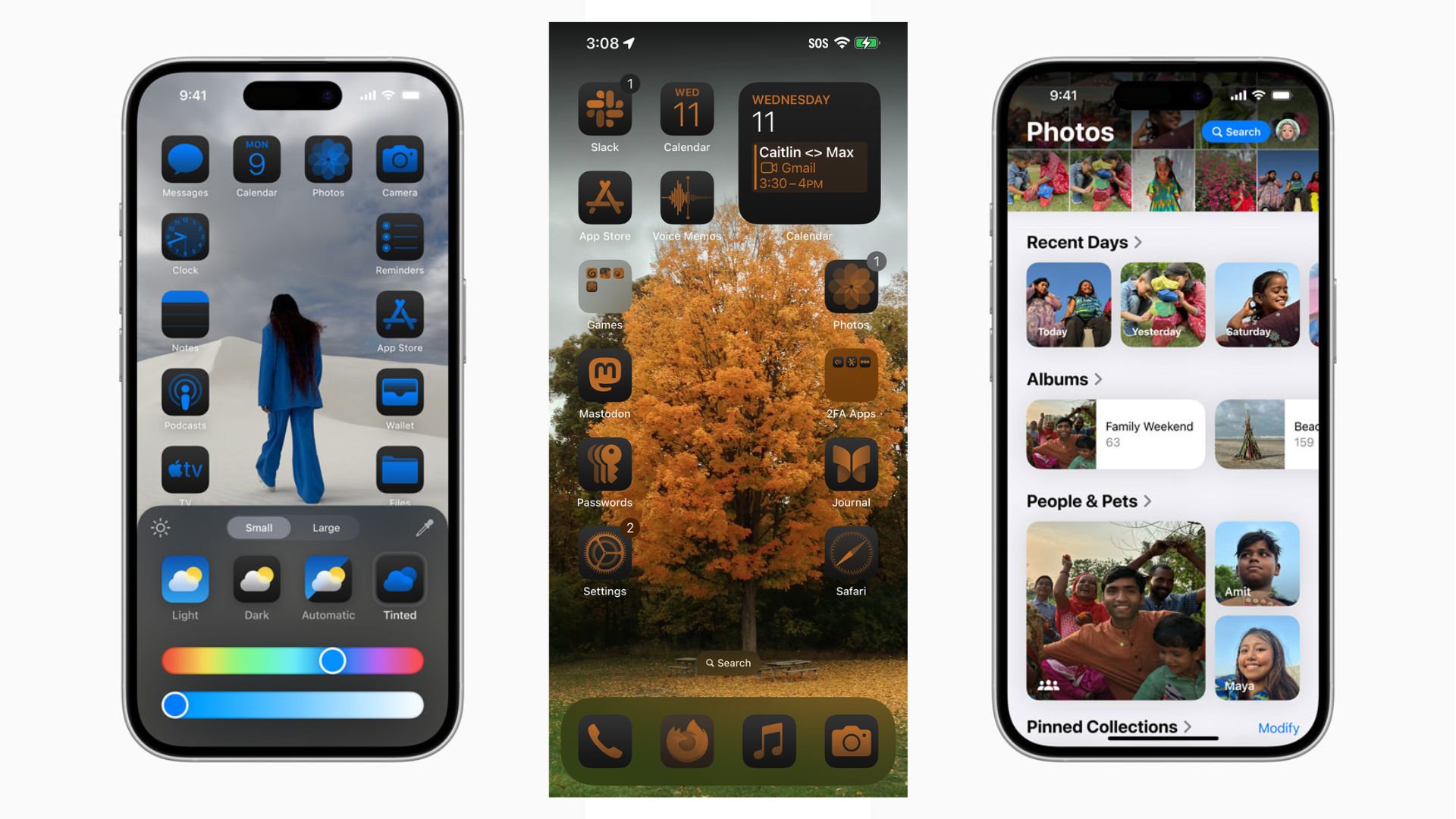

The Paralympic Games is a testament to human resilience, determination, and the boundless potential of athletes with disabilities. It highlights the transformative power of sports to promote inclusivity and equality. This blog takes you on a journey through the history, structure, and significant impact of the Paralympic Games.
Table of Contents
Introduction to the Paralympics
The Paralympics is a multi-sport event for athletes with a range of disabilities, held every four years following the Olympic Games. It stands as one of the world’s largest sporting events, showcasing the strength and skill of athletes with physical, visual, and intellectual impairments. These Games are not only about sports but also about changing perceptions and breaking down barriers in society.
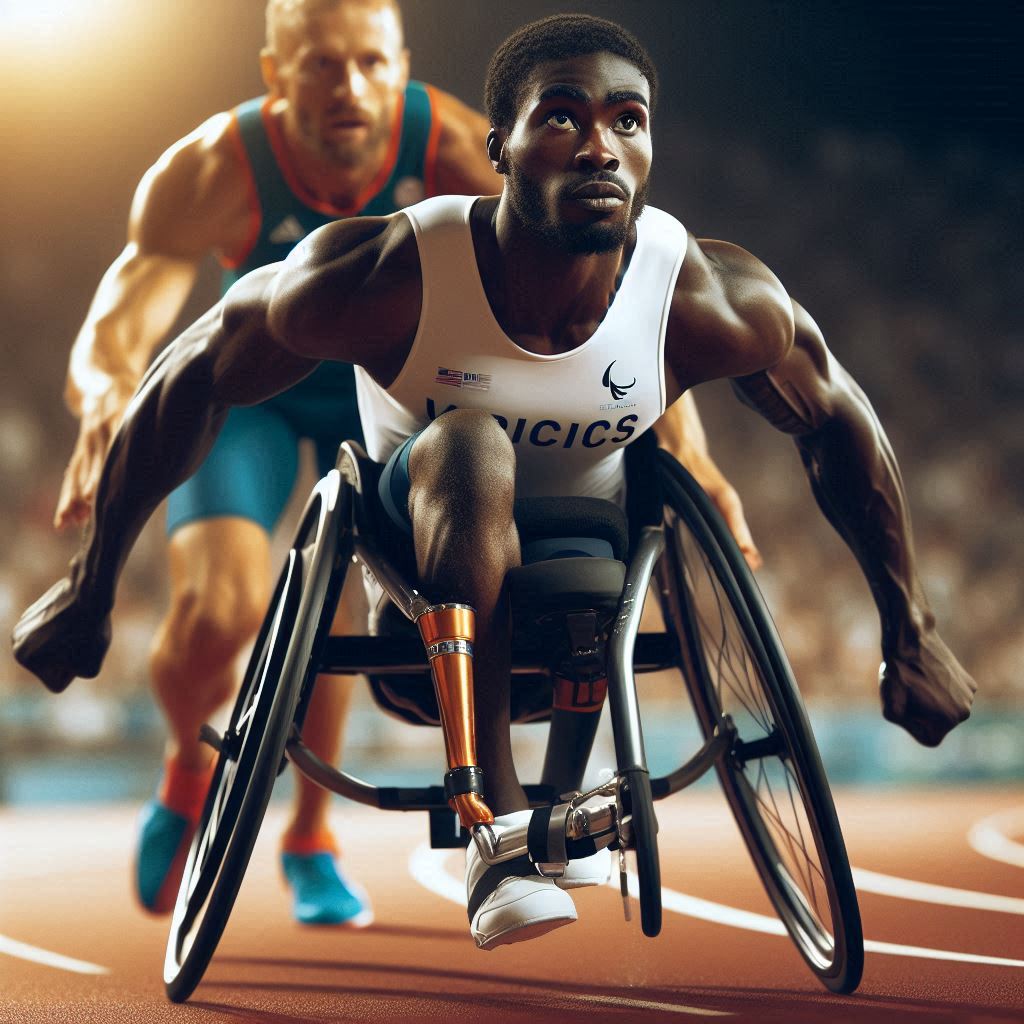
History and Evolution
The roots of the Paralympic Games go back to 1948, when Sir Ludwig Guttmann organized the Stoke Mandeville Games for war veterans with spinal cord injuries. These games grew in scope and scale over the years, leading to the first official Paralympic Games in Rome in 1960. Since then, the Paralympics have evolved into a global movement, providing a platform for athletes from all around the world to compete and inspire.
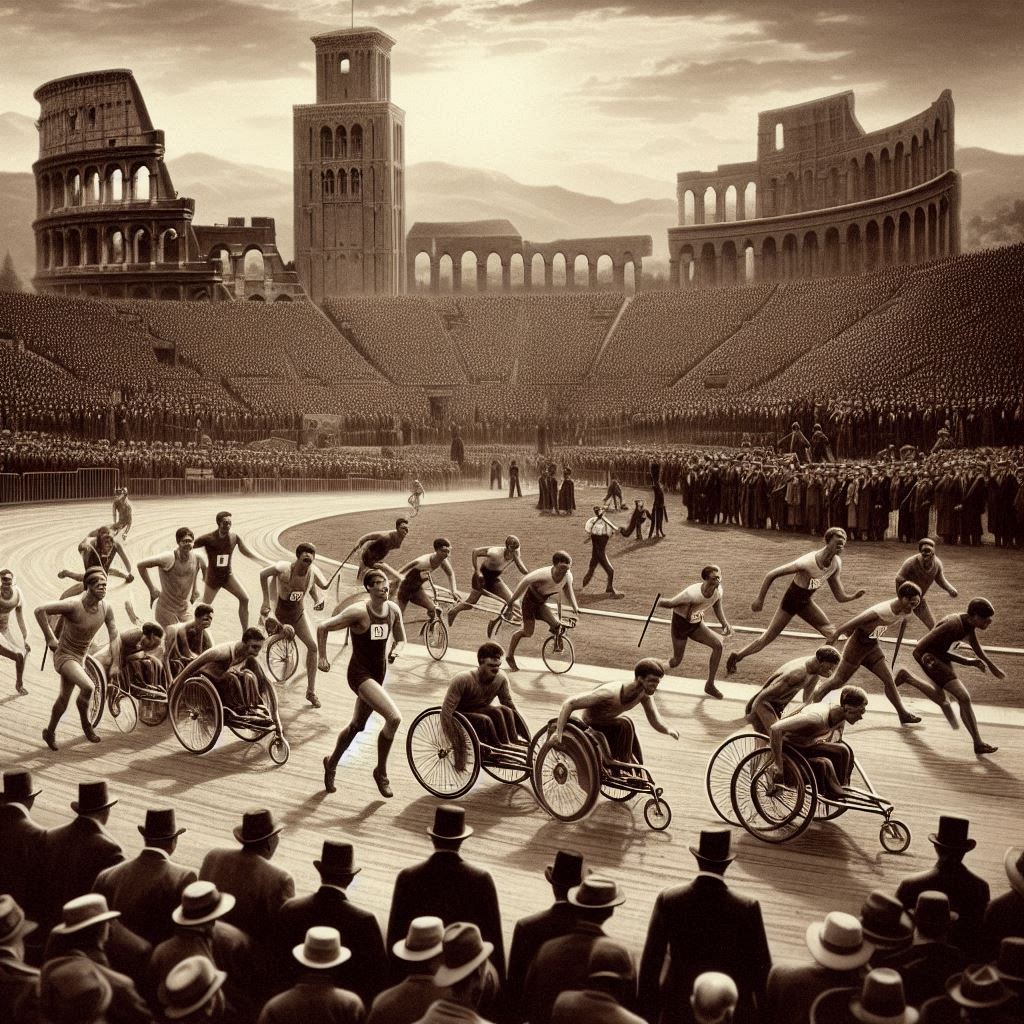
Organizational Structure
The Paralympic Games are managed by the International Paralympic Committee (IPC). Established in 1989, the IPC works in conjunction with national committees and international sports federations to ensure the Games are well-coordinated and inclusive. It also manages the classification system that ensures fair competition among athletes with different types and levels of disabilities.

Classification of Athletes
One of the most critical aspects of the Paralympics is its classification system, which is designed to ensure fair competition. Athletes are classified based on their specific disabilities, such as physical, visual, or intellectual impairments. This system levels the playing field, enabling athletes to compete against others with similar abilities.
- Physical impairments: Athletes with amputations, cerebral palsy, or spinal cord injuries.
- Visual impairments: Athletes with complete or partial vision loss.
- Intellectual impairments: Athletes with significant limitations in cognitive functioning.
This classification ensures that victories are based on skill and not the severity of a disability.
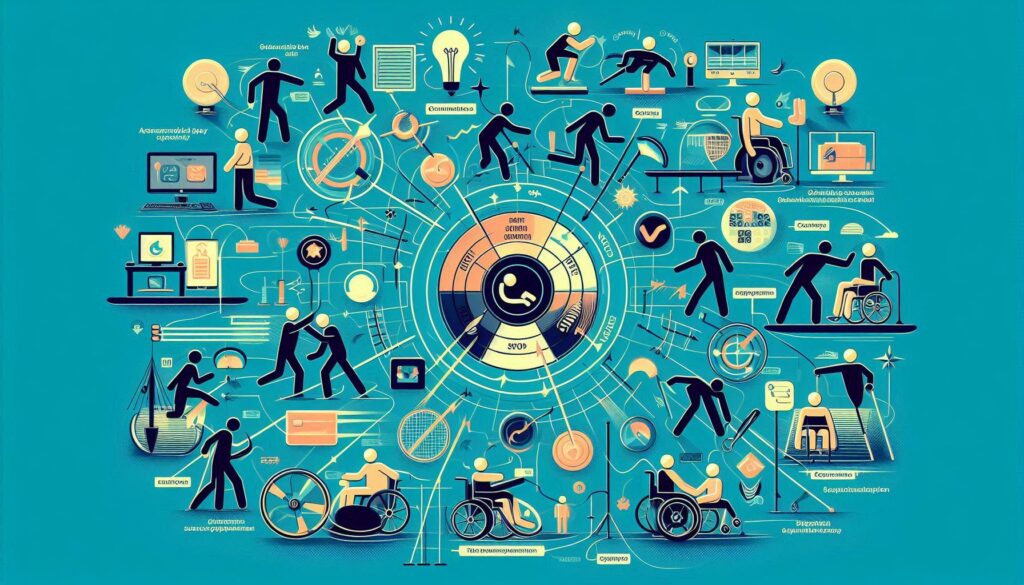
Sports and Competitions
The Paralympic Games feature a wide variety of sports, including wheelchair basketball, para-swimming, wheelchair tennis, and sitting volleyball. Many of these sports use adaptive equipment or modified rules to ensure that athletes can compete effectively. For example, athletes in wheelchair basketball use specially designed chairs that enhance speed and maneuverability.
Some popular Paralympic sports include:
- Para Athletics
- Wheelchair Rugby
- Para Swimming
- Sitting Volleyball
- Para Powerlifting
These competitions are just as exciting and competitive as their Olympic counterparts, showcasing the incredible abilities of the athletes.
Paralympic Values
The Paralympic Games promote values such as courage, determination, equality, and inspiration. These values go beyond the competition field and influence how society views disability. The Games demonstrate that athletes with disabilities are not defined by their impairments but by their abilities and achievements. This has a profound impact on creating a more inclusive and accepting world.
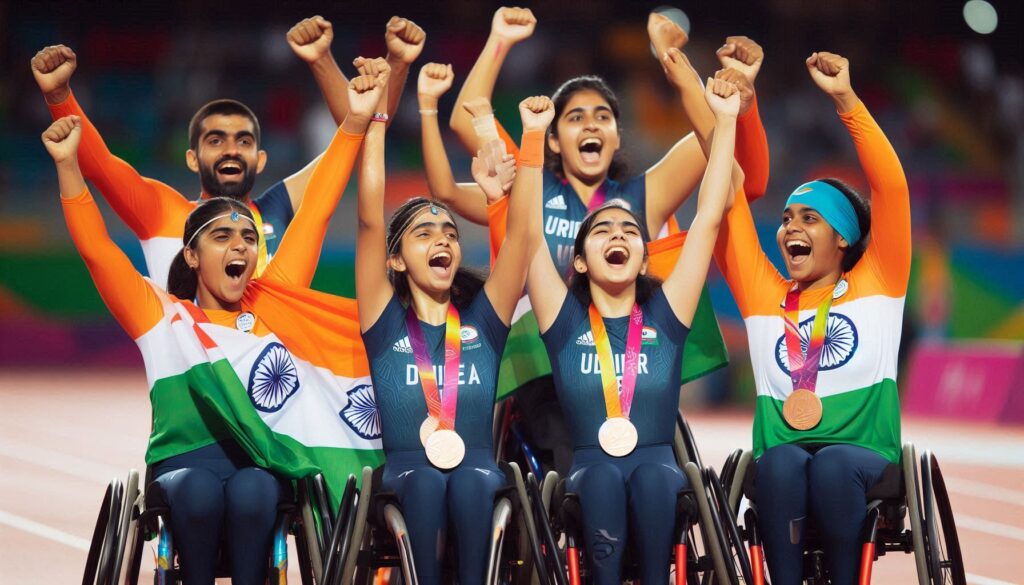
Challenge and Achievements
Despite its progress, the Paralympic movement has faced numerous challenges over the years. Many Paralympians have had to overcome social stigma, lack of access to training facilities, and financial constraints. However, the rise in media coverage and support from global sponsors has significantly improved the situation in recent years.
On the achievement front, the Paralympic Games 2024 have grown immensely in popularity and viewership. Cities hosting the Paralympics have embraced the event, using it as an opportunity to improve accessibility and raise awareness about disability rights.
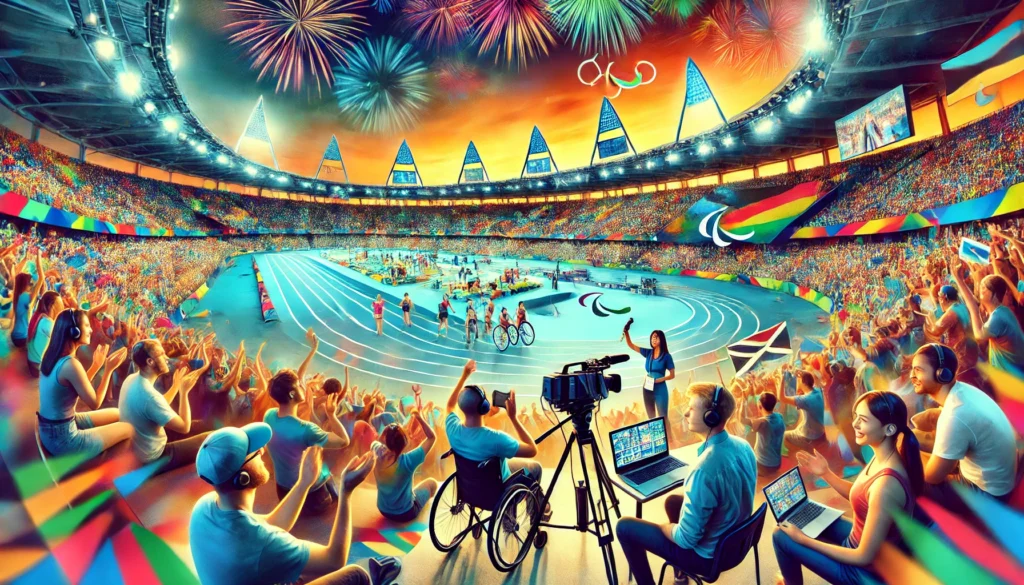
Paralympics and Society
The Paralympics have an important impact far beyond sports. The Games play a crucial role in challenging societal attitudes toward disability. By showcasing the talent and tenacity of athletes with disabilities, the Paralympics has been instrumental in promoting disability rights, improving accessibility, and creating opportunities for people with disabilities.
Governments and organizations around the world have been influenced by the Paralympic movement, leading to significant policy changes, such as improved infrastructure for accessibility and more inclusive education and employment practices.
Notable Athletes and Moments
The Paralympic Games have been home to many remarkable athletes who have made history with their performances. Some of the most notable Paralympians include:
- Tatyana McFadden: A U.S. wheelchair racer with many awards in various Paralympic competitions.
- Ellie Simmonds: A British Paralympic swimmer who achieved global fame for her performances.
- Jonnie Peacock: A British sprinter who won gold in the 100 meters at the London 2012 Paralympics.
Memorable moments, such as the packed stadiums at the London 2012 Paralympics or the inspiring performances at Rio 2016, have further raised the profile of the Games worldwide.
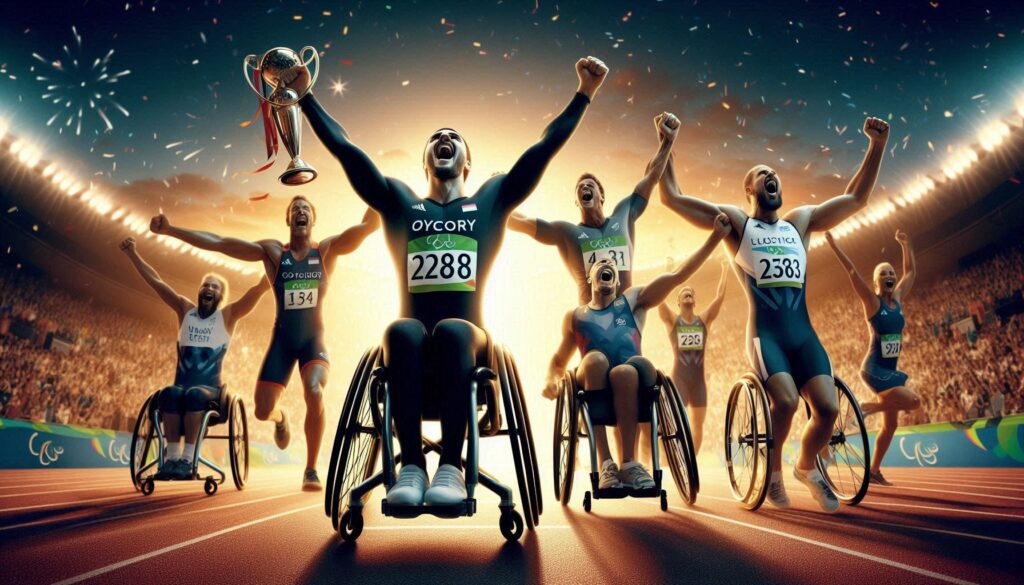
Future of the Paralympics
As we look to the future, the Paralympic Games are poised to continue growing in scale and importance. There is a strong focus on increasing participation, promoting more sports, and ensuring that the Games are as inclusive as possible. Ongoing efforts are being made to enhance accessibility in the host cities and to raise global awareness of the Paralympic movement.
The future of the Paralympics is bright, with more athletes, fans, and sponsors joining the cause of promoting inclusivity in sports and society.
Q&A Section
1. What is the significance of the Paralympic Games?
The Paralympic Games celebrate the strength, resilience, and talent of athletes with disabilities. They provide a platform for these athletes to compete at the highest level while promoting inclusivity, breaking down barriers, and challenging societal perceptions of disability.
2. How did the Paralympic Games begin?
The Paralympic Games originated in 1948 when Dr. Ludwig Guttmann organized a sports competition for World War II veterans with spinal cord injuries. This event eventually grew into the Paralympic Games, officially established in 1960 in Rome.
3. What role do the Paralympic Games play in society?
The Paralympic Games inspire and empower people worldwide by showcasing the extraordinary abilities of disabled athletes. They help change public perceptions about disability, encourage inclusivity, and highlight the importance of equal opportunities in sports and society.
4. How do the Paralympic Games impact athletes with disabilities?
For many athletes, the Paralympic Games are a source of motivation, empowerment, and achievement. They provide a platform for these individuals to reach their full potential, fostering self-confidence and encouraging others to challenge societal limitations.
5. What challenges do Paralympic athletes face?
Paralympic athletes often encounter challenges such as limited access to training facilities, inadequate funding, and societal stigma. However, their determination to overcome these obstacles and their commitment to excellence drive their success and inspire others.
Conclusion
The Paralympic Games stand as a beacon of hope, strength, and human potential. These Games not only celebrate the athleticism and achievements of athletes with disabilities but also work toward building a more inclusive society. As the Games continue to grow and inspire millions, the Paralympic movement will remain a vital force for change, empowering athletes and transforming societal views on disability.



